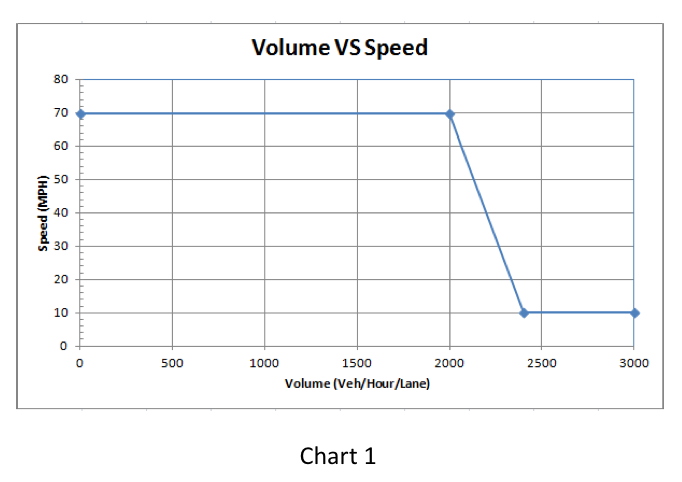REGION 2 UNIVERSITY TRANSPORTATION RESEARCH CENTER
Value Pricing and Traffic Reduction Incentives
In the urban and suburban regions of the United States, most Americans would agree that highway congestion is an increasing problem. Many of the highways in these regions are outdated and functionally inefficient. As a result, they are crammed far over capacity during peak morning and evening hours, causing massive delays and very high user costs.
Attempts are being made to control the traffic problem, but actions taken are often too little and too late. Highway expansion projects by DOT and private highway authorities are costly and often take years if not decades to implement. By the time these projects are completed, the highway traffic has in many cases already grown beyond the capacity of the new highway, only reducing the problem and not eliminating it. Ramp metering projects have proven effective in many metropolitan areas, but as traffic continues to increase, queues at access ramps will grow uncontrollably and will obstruct local roads. The traffic problem cannot simply be reduced, it must be solved.
A solution is possible. That solution is the joint implementation of value lanes and monetary traffic reduction incentives.
Value lane implementation is a simple concept, already tried in the United States with promising results. Highways would reserve one lane separate from other traffic, restricted from other lanes by concrete medians or traffic delineators. This lane will be guaranteed to flow below maximum operating capacity, providing fast service during all hours. To access this lane, users must pay a fee via EZ-Pass or a comparable substitute. As traffic increases in this “Value Lane”, the price to access the lane increases as well. As traffic decreases, the access fee is reduced. This ensures a constant flow of traffic approaching but not exceeding capacity, and a constant additional income to the highway authority.
The problem often faced in value pricing experiments is an increase in congestion on the remaining “Slow Lanes”. Monetary traffic reduction incentives will solve this problem. A portion of the money generated by value lane users will be used to fund an off-peak incentive program. Daily drivers of the slow lanes will be offered a monthly reward to ensure that their daily commute occurs before or after peak hours. If administrated properly, peak hour volume will decrease in the slow lanes to a manageable size, and highway efficiency will increase as user costs accumulated by lost time are reduced. This program may be monitored by EZ-Pass to ensure driver cooperation.
This research is innovative in that it combines additional toll revenues (Value Pricing) with Peak Traffic Reduction (Incentives). It is designed to be utilized in the planning and managing of state and regional highway systems. It is futuristic in that it uses incentives to change the time/travel patterns of a portion of the highway users, while greatly reducing congestion.
Read full report (PDF) here: Value Pricing and Traffic Reduction Incentives
About the The Region 2 University Transportation Research Center (UTRC)
www.utrc2.org
“The Region 2 University Transportation Research Center (UTRC) is one of ten original University Transportation Centers established in 1987 by the U.S. Congress. These Centers were established with the recognition that transportation plays a key role in the nation’s economy and the quality of life of its citizens. University faculty members provide a critical link in resolving our national and regional transportation problems while training the professionals who address our transportation systems and their customers on a daily basis. “
Tags: ez pass, Reduction Incentives, Region 2 University Transportation Research Center, Traffic, UTRC, value pricing








 RSS Feed
RSS Feed